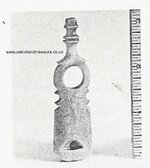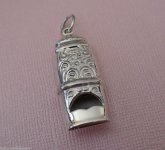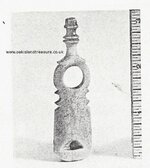Dave Rishar
Silver Member
It is intriguing.....
That it is.
The article, while optimistic, admits that while it's compelling evidence, this case is hardly closed. We don't know for sure that this DNA came from the New World, but it's certainly possible.
I strongly disagree with Gullov from the article, and in fact am confused by his comments. He has a problem with the theory of native women coming back with explorers because it wasn't mentioned in the Sagas, yet in the next two paragraphs it's mentioned that the Sagas are not 100% accurate (they're not) and that on at least one occasion, it was written that natives were captured and taken to Greenland. It seems entirely plausible to me that one or more "war brides" were hauled off to Greenland, and one or more of the resulting children eventually made it back to Iceland, or one of their offspring did.
Of course, if we accept that this unusual DNA is definitely from the New World, all that it really proves is that Icelanders had contact with people from across the Atlantic - and we already knew that. More evidence of it is always interesting, but the issue was not in doubt. The real mystery now is just how far they explored. Hopefully more things will turn up in the future.



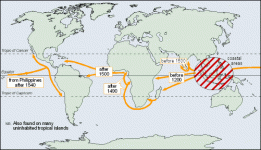
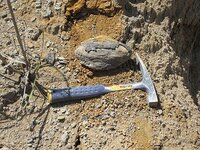
 Fufills most requirements far more closely, if not completely. NO
Fufills most requirements far more closely, if not completely. NO


